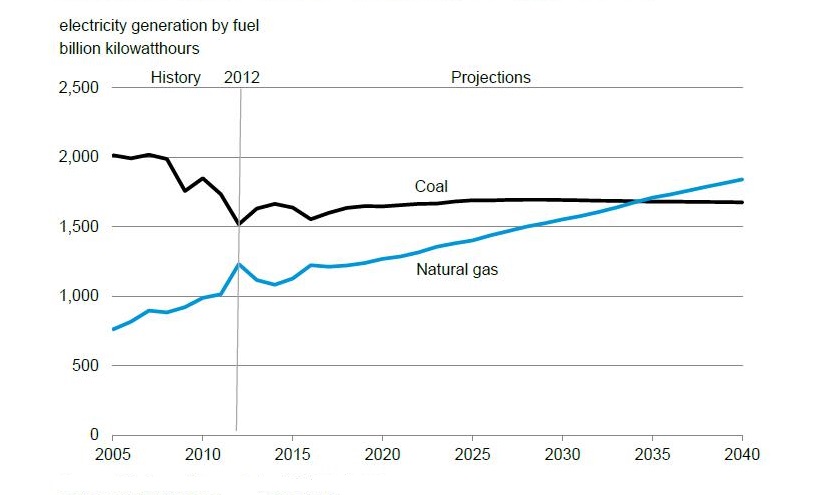BLOG ENTRY: Fisker and Tesla
BLOG ENTRY: Fisker and Tesla
Tesla and Fisker had both been electric-powered car pioneers, leading the industry in their drive to build cars that can take people further distances with a reduced environmental impact. In these electric engines, the motor acts as a generator. It does this by turning mechanical power into electricity in the vehicle. Tesla has flown, with profits steady and the company’s future bright. On the other hand, Fisker failed to maintain momentum from the green movement. Following support from the US government to promote production of luxury electric cars, the company has failed to repay such loans. Further, visionary executives have left the company at a standstill. From 2013 to 2014, production was halted at Fisker with constant concerns of bankruptcy.

The chart above highlights the success of Tesla motors. Revenues have increased significantly in recent years, according to The Street.
Focusing on the technical end of the products, the roadster motor by Tesla only has one moving piece, the rotor. This eliminates the need for a conversion of linear motion and doesn’t have mechanical timing issues that may be found in an internal combustion engine. Furthermore, in these engines, the rotational energy is available immediately when the accelerator is pressed. The wide torque band that is available right away eliminates the needs for multiple gears, with the engine only having one. On top of that, the phases can be switched into reverse electrically. It’s that simple for the driver.

In terms of the battery itself that needs to be charged, the roadster motor is so efficient that it can work to recharge the battery itself. When the car is slowing, without the accelerator being pressed, the energy can be captured to work to restore the battery life.
The Roadster motor has two components, the rotor (as discussed) and a stator. The rotor, which is an essential piece of the motor, is surrounded by the stator. This piece is stationary and works to create a magnetic field around the rotor, which induces a current. This current creates a second magnetic field that “chases” the rotating stator field. These two pieces create torque.

The stator is put together with winding copper wire coils which go through thin steel plates. The copper wire conducts electricity, which goes to the motor. Three sets of wires conduct one phase of electricity each. These waves of energy supply a smooth current, which creates a magnetic field. The placement of the copper coils relative to the stator allows the magnetic field to move in a circular motion.
Copper bar conductors move through the magnetic field, which creates induction. Because the magnetic field keeps moving, the rotor is always trying to catch up. This interaction creates torque, which is used to power the vehicle.
The benefits of these vehicles are wide-ranging. They’re special because they emit 15 tons of CO2, compared to 160 tons of CO2 of conventional engines. In addition, they offer a major cost saving in terms of “re-fueling” the vehicles. Recharging a battery costs about $1.41 per gallon, compared to $3.50 for a conventional vehicle. Due to increased support from the government, there are now over 8,500 electric power stations in the country. In addition, there are over 20,000 charging outlets. As these numbers continue to grow, it will allow for more consumers to take advantage of cost savings.
PHEV’s and EV’s can reduce costs significantly because the cost of the electricity needed is relatively smaller than the cost of conventional fuel. Efficiency on these vehicles is often measured by MPGe, which can run upwards to 100 MPGe (equievalent).

Because of these wide ranging gains from switching over to electric vehicles, Tesla is projecting over 500,000 vehicles in production annually by 2020. This is huge for a company, which as of 2013, had a $17.5 billion dollar market value. Fisker is also looking to regain its footing after years of decline. In 2013, the company had $21 million dollars seized by the American government to begin repaying loans it received as part of an economic stimulus package in 2009. This shows that despite room for growth in the electric car industry, it still takes stealth marketing and production capabilities to allow for continued success.
References:
http://www.teslamotors.com/roadster/technology/motor




















Recent Comments